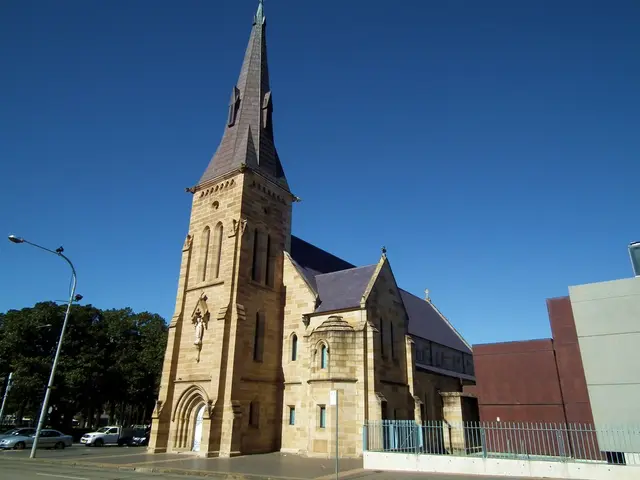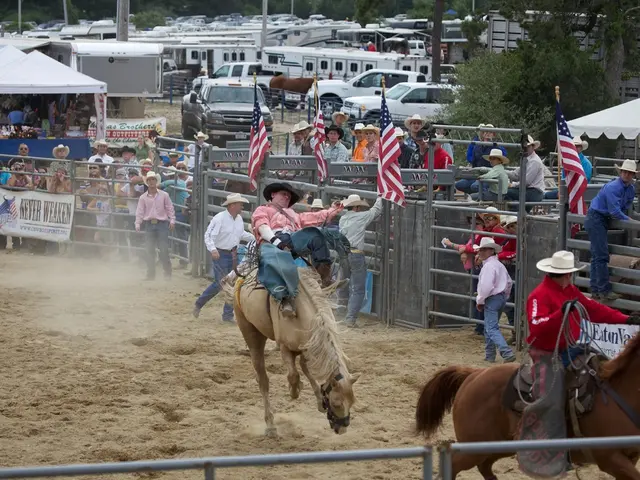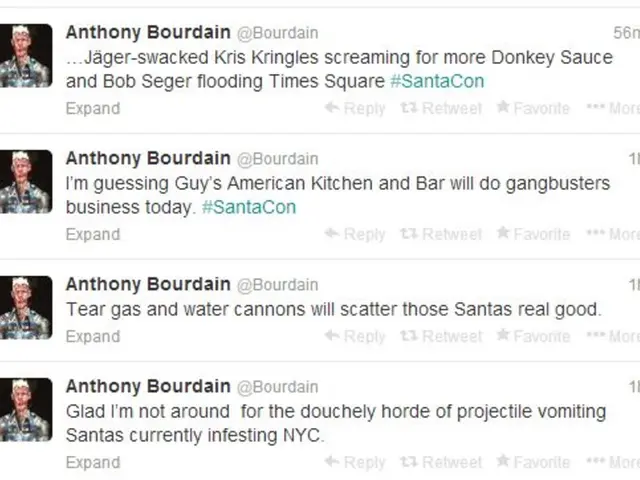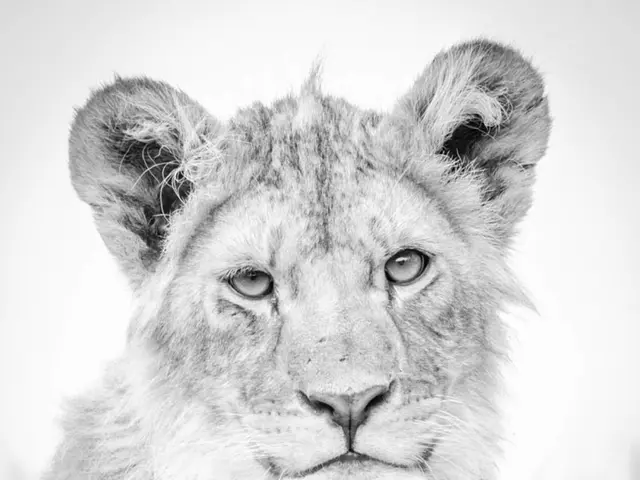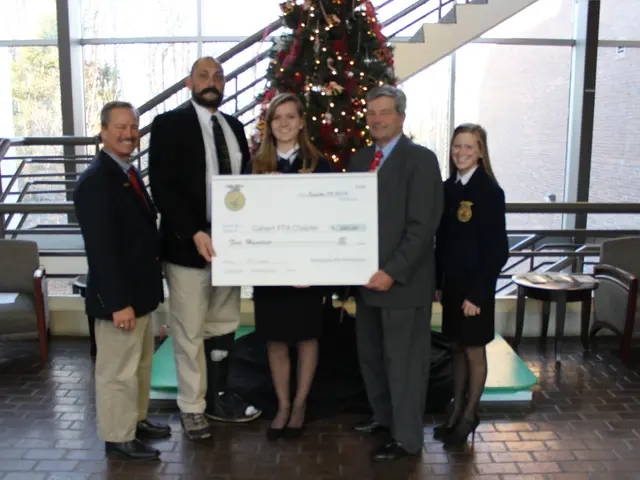Survival Saga of Alexander Selkirk: Unveiling the Authentic Account of England's Oldest Castaway Legend
The iconic novel Robinson Crusoe, penned by Daniel Defoe in 1719, captivates readers with its tale of adventure, survival, and self-reliance. However, few are aware that the work was partly based on the true-life survival story of Alexander Selkirk.
In 1704, Selkirk, a Scottish sailor, found himself marooned on an uninhabited Pacific island off the coast of Chile called Más a Tierra. For four years, he was the island's only inhabitant, serving as the living embodiment of endurance and resourcefulness that would later influence Defoe's creation of the novel's protagonist.
Isolated and wild, Más a Tierra was devoid of any sign of civilization or the tropical tropical fruits often associated with deserted island tales. Selkirk's greatest challenge came not from savages, pirates, or cannibals, but from isolation itself.
To survive, he adapted quickly, hunting goats for food and using their skins to make clothing. He relied on local plants and fish to sustain himself and built shelters from tree branches, fashioning tools from materials found on the shore. To ward off the mental challenges of solitude, he read from his Bible, sang to himself, and established daily routines. Selkirk had no Man Friday – only the sound of the sea and the cries of seabirds for company.
Alexander Selkirk, born in 1676, was a sailor with a reputation for rebellion. He joined the crew of the Cinque Ports, a privateering ship sailing the high seas in search of riches. In 1704, during a cruising voyage, the Cinque Ports reached the South American coast, and Selkirk requested to be left behind after noticing the ship's poor state. The captain granted his request, leaving him on Más a Tierra. Unbeknownst to Selkirk, all the men who remained on board eventually perished.
After four years, a British ship finally arrived near Más a Tierra, rescuing Selkirk and delivering him back to England. His incredible tale, soon to captivate the nation, would inspire Defoe to write the novel that made Robinson Crusoe a household name.
Today, the island where Selkirk survived is known as Robinson Crusoe Island, renamed to honor both the real-life hero and the fictional protagonist created by Defoe. Located 419 miles off the coast of Chile, this remote and rugged landmass has evolved from a wilderness into a UNESCO Biosphere Reserve, safeguarding unique flora and fauna found nowhere else on Earth.
Robinson Crusoe Island is characterized by its mountainous volcanic terrain, dense forests, steep cliffs, and deep ravines. The coastline is rocky, making it difficult to land a boat, while winter storms bring fierce winds and heavy rains. Despite its difficulties, the island has developed a unique ecosystem, with endemic plant species, freshwater streams, and high peaks trapping clouds, creating crucial moisture for life.
Selkirk had no resources or tools when he arrived on the island. He built his world from scratch, using only what the island provided. Lobsters, fish, goats, wild turnips, berries, and even seabirds and their eggs became his food sources. Building shelters, clothing, and tools from goat skins, wood, and materials found on the shore, he adapted to survive.
Despite the difference in dramatization, Robinson Crusoe continues to be one of the greatest adventure novels ever written, bridging the gap between fiction and reality. The novel highlights themes of self-reliance, problem-solving, and the will to survive, while showcasing themes of civilization, exploration, and human resilience. Whether on a Pacific island or in the Caribbean, the stories of both Selkirk and Crusoe illustrate the adaptability of the human spirit.
For those dreaming of trying their hand at survival, Desert Island Survival offers Robinson Crusoe-inspired expeditions, allowing participants to test their skills, reconnect with nature, and experience the real-life adventure with a safe return.
FAQs
Q: How long was Robinson Crusoe stranded?A: In the novel, Crusoe was marooned for 28 years; however, Selkirk survived for four years in real life.
Q: What is the message of Robinson Crusoe?A: The novel emphasizes self-reliance, faith, and survival in the face of adversity.
Q: Was Robinson Crusoe based on a real person?A: Yes! The novel was partly inspired by the true-life adventure of Alexander Selkirk, a Scottish sailor who survived alone on an uninhabited island.
- Selkirk, the real-life castaway, was marooned on Más a Tierra, a wild and uninhabited Pacific island, for four years.
- To survive, Selkirk, the sailor known for his rebellion, adapted to the island's resources, building shelters, clothing, and tools.
- Más a Tierra, now known as Robinson Crusoe Island, is a volcanic, rugged landmass that houses unique flora and fauna.
- Robinson Crusoe, the novel inspired by both Selkirk's adventure andDefoe'sventure-travel imagination, continued to captivate readers for its themes of self-reliance and survival.
- For those seeking a taste of adventure-travel like Selkirk or Crusoe, Desert Island Survival offers Robinson Crusoe-inspired expeditions, providing a chance to test survival skills and reconnect with nature.
- The novel Robinson Crusoe, while dramatized, still mirrors Selkirk's real-life story, showcasing themes of civilization, exploration, and human resilience.
- Alexander Selkirk survived for four years on Más a Tierra, demonstrating resilience and adaptability that would inspire Defoe's novel Robinson Crusoe and encourage a lifestyle of outdoor-living and home-and-garden self-reliance.

